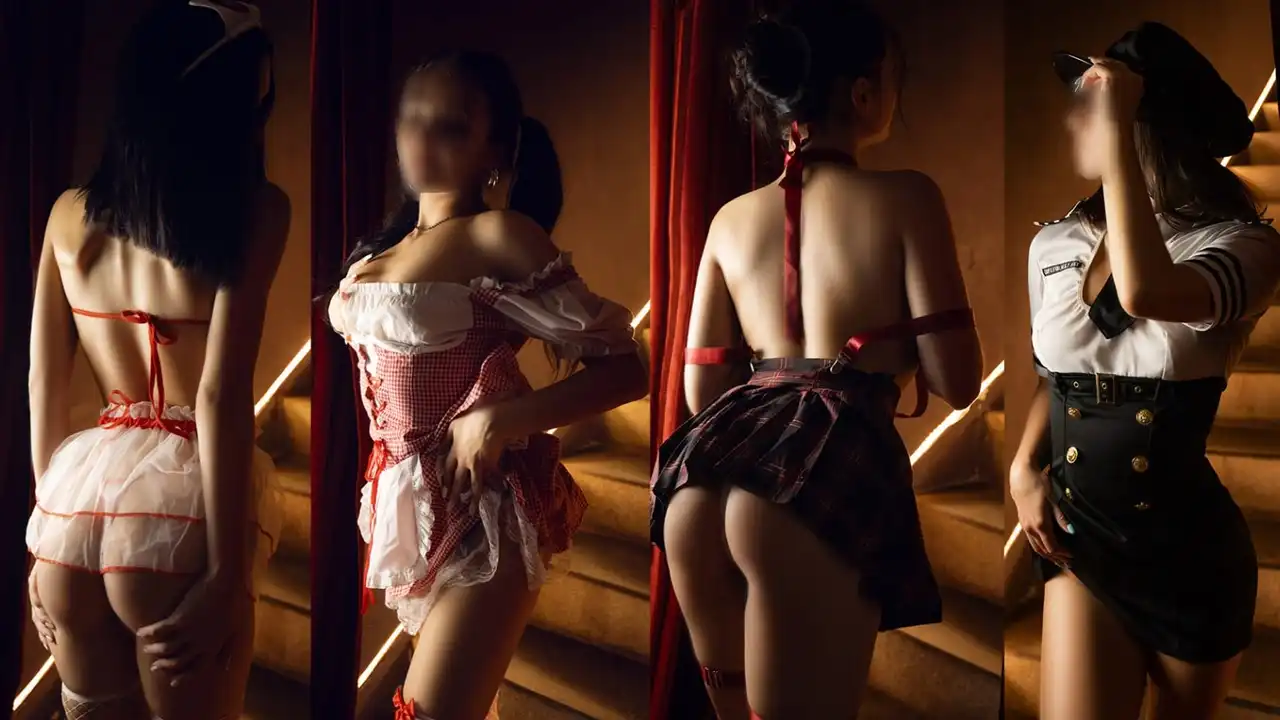Ecstasy in Art: What It Feels Like and Where to Find It
You know that hit of emotion when a painting, sculpture, or installation makes your chest tighten or your head buzz? That sudden rush is ecstasy in art — a sharp, intense reaction that goes beyond liking something. Ecstasy shows up in many styles: the wild energy of Abstract Expressionism, the immersive shock of installation art, the theatrical drama of Baroque, even the precise tension in photorealism.
This page collects posts that explore those moments and the movements behind them. Expect clear examples, easy explanations, and practical tips for spotting what creates that intense feeling. You’ll find pieces on photorealism, Fluxus, Bauhaus, Futurism, Harlem Renaissance and more — each one shows a different path to emotional impact.
How ecstasy shows up across movements
Abstract Expressionism often triggers ecstasy through scale and gesture. Big canvases, fast strokes, and raw color make you feel the artist’s energy. Photorealism, by contrast, creates a different thrill: disbelief. When a painting looks like a photo but still feels hand-made, your brain flips from analysis to awe.
Installation art and Fluxus aim for direct experience. They wrap you in sound, light, or movement so the work stops being something you look at and becomes something you live through. Baroque uses drama — deep shadows, emotional faces, and motion — to grab your attention and hold it. Futurism and Bauhaus can spark ecstasy too, but through speed, design, or clever form rather than raw emotion.
Historical movements like the Harlem Renaissance produce ecstasy by mixing cultural pride with artistic innovation. That combination hits emotionally because it connects art to identity and lived experience, not just aesthetics.
How to spot and use ecstasy in art
Look for sensory cues. Is the work large or immersive? Does it overload one of your senses — sight, sound, or touch? Artists often use contrast (light vs. dark, calm vs. chaotic) to create a rush. Pay attention to technique: bold brushwork, extreme detail, or unexpected materials can all trigger an intense reaction.
Think about context. A piece placed in a public plaza or part of a city design can feel ecstatic because it changes how people move and meet. Site-specific works and land art do this all the time. Also notice the story behind the work. Knowing an artist’s struggle or a movement’s purpose can deepen the emotional hit.
If you want to bring that feeling into your space, start small. Use one striking object instead of many small ones. Pick a work with either dramatic movement, strong contrast, or incredible detail. Try lighting to amplify shadows and texture. And don’t be afraid to let a single piece dominate a room — ecstasy often needs room to breathe.
Want reading suggestions? Check the articles on this page for targeted deep dives: photorealism for precision-driven awe, Abstract Expressionism for raw emotional force, and installation art for immersive impact. Each post explains the techniques and history that make those works hit so hard.
Art that creates ecstasy doesn’t follow one recipe. It’s about surprise, scale, intensity, and relevance. When those elements line up, you don’t just see art — you feel it.

